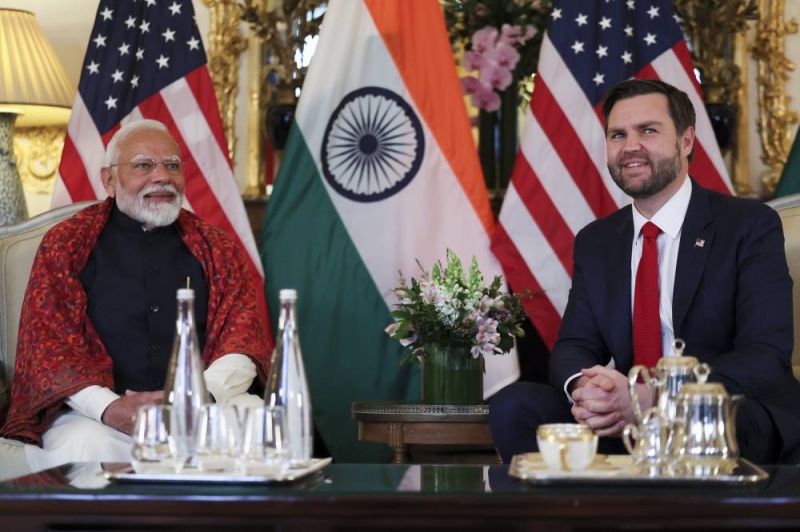At Bhaktapur Durbar Square today
At Bhaktapur Durbar Square today
Published: 11:32 am Feb 26, 2017
The heritage site reminds all of the quake and the devastation that followed, yet it has started once again to attract visitors Bhaktapur Nearly two years after the Gorkha earthquake of 2015, the Bhaktapur Durbar Square still bears the reminders of the devastating quakes — buildings with archaeological importance supported by poles, damaged statues and temples, workers clearing the debris of demolished structures, and people walking around with measuring tapes to get an accurate measurement of the buildings that need to be demolished. At the same time this area shows signs that reconstruction of structures damaged by the quake is underway — entering its premises, one can see workers mixing limestone with water, some busy cleaning ‘reusable’ materials from debris like bricks, and others constructing walls of temples. And the children of the workers are seen enjoying the view of the reconstruction site “where visitors are always busy taking photographs”. This is a regular sight at Bhaktapur Durbar Square nowadays — the quake aftereffects remain, but reconstruction work is going on in full swing as per the authorities concerned, and the number of visitors visiting this area is increasing, creating a brighter hope for everyone! Careful treatment of historic properties The area is home to number or temples and other monuments of historic and religious significance. And the damaged ones include the temples — Harihar Narayan, Shankar Narayan, Batshala Durga, Tri Bikram Narayan, Kedarnath, Siddha Laxmi, Silu Mahadev — along with a sattal, and a palace near the Bhandarkhal pond. Shiva Sundar Dhukhwa, Supervisor of the Kedarnath Temple Reconstruction Consumer Committee, Bhaktapur, is well aware of the cultural value of these properties. “These are the sites that our ancestors constructed and preserved. They are also important heritages that are our nation’s identity,” he said, and informed, “So, we are trying our best to rebuild them in their original style and form as we want to preserve history.” While some of the aforementioned structures have already been demolished, some are yet to be demolished — they are being built from scratch after the demolish. In this process of rebuilding, they are using new construction materials as well as the reusing from ruins too. “We are re-using those items, mostly the ones that were not damaged in the earthquake,” he informed. Many stone idols were also damaged in the earthquake, and they are currently kept beside the entrance of Taleju Bhagawati Temple, and the security personnel — from Nepal Army and Nepal Police — are providing security to these idols. “We need to keep these cultural heritages safe. They are precious and reflect our rich history. This is why we have stored them here for now with security provisions,” informed Ram Govinda Shrestha, Heritage Head at Bhaktapur Municipality. Reconstruction challenges The reconstruction work in this UNESCO World Heritage Site began immediately after the earthquake, according to Muraj Didiya, Assistant at Tourist Information Centre, Bhaktapur Municipality. The reconstruction here expedited with the launch of the national reconstruction campaign on April 25, 2016, Didiya informed. Despite the construction work going on, they face many problems and lack of sufficient labourers is one of them. “It is difficult to find labourers as the locals here are reluctant to do the ‘low-paying’ jobs of cleaning bricks and carrying them,” complained Dhukhwa. The labourers are paid Rs 750 to Rs 800 per day. Yet he informed they have been managing the labourers till date “by finding the workers through the personal contacts of the labourers working here and their supervisors”. And they often face the scarcity of construction materials including bricks. Shrestha informed, “There is sometimes scarcity of bricks as the reconstruction work is going on at the same time in all the three cities (Kathmandu, Bhaktapur and Lalitpur).” Amidst such shortage of construction materials, whenever there are strikes, their work is affected “as we have no stock of needed items”, as per Shrestha. The reuse of old bricks is a smart way to address the problem as it has reduced the demand of new products to some extent. “We are using new items only if the old materials have been completely damaged in the earthquake,” Shrestha informed. And when do they target to complete the reconstruction work? The reconstruction of the Badri Narayan temple and Rameshwor temple among others have already been completed. “Some of the remaining structures are estimated to be completed by the mid of April 2017 while dates aren’t fixed for some. We are trying to finish the reconstruction at its earliest,” Shrestha further revealed. Increasing number of tourists The tourism industry of the nation was badly affected by the earthquake, and Bhaktapur city too faced the decreasing number of tourists. According to data provided by Didiya, 2,44,144 tourists visited the Bhaktapur Durbar Square in the fiscal year 2071/72 BS. But the number reduced in the fiscal year 2072/73 BS — only 95,056 people visited the place. The reason behind the decline in the number of tourists visiting the Durbar Square was nothing but the earthquake, Didiya said. The flow of tourists is slowly increasing as the aftershocks have lessened, as per Didiya. And this has become beneficial for people like Radhe Shyam Dumaru, who sells potato chips in his shop in Innacho. Dumaru is happy that his business is reviving. “There was no business at all after the quake. But as the aftershocks lessened, more people are coming and I have started to get new customers,” he revealed. Interestingly, the new customers are none but people working on the reconstruction. “They come for tea and chips. Other people have also started coming to visit this place again — to see the Durbar Square as reconstruction is going on here,” he stated. Seven-year-old Raymon Gora, who was playing with a cart, loves the area. As his father is working on the reconstruction site, he visits the area often. “It is so much fun here. You get to see so many people coming here and taking photos,” said Gora.” Safe and sound The Bhaktapur Durbar Square is an area of cultural and historical value, so are its monuments. Among these valuable structures, few of them stand intact and do not need reconstruction. One of them is the 55-window Palace that was renovated before the quake shook the nation, and it did not suffer any damage. There is no reconstruction going on in the Dattatreya Temple too as this structure has also not been damaged. “And no one from the Department of Archaeology has come to inspect this temple”, informed Krishna Bhai Jyakhwa, Treasurer of Dattatreya Mandir Conservation Committee, Bhaktapur. Along with that some smaller temples in the area are also safe. But is it safe for tourists to visit the area with construction works going on? “The place is safe — the areas being reconstructed are fenced,” Didiya assured.



